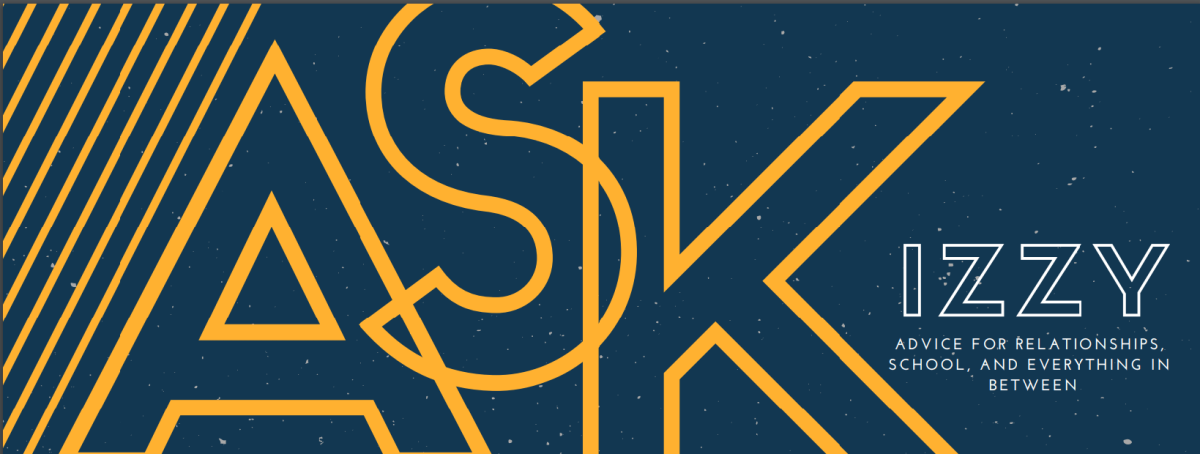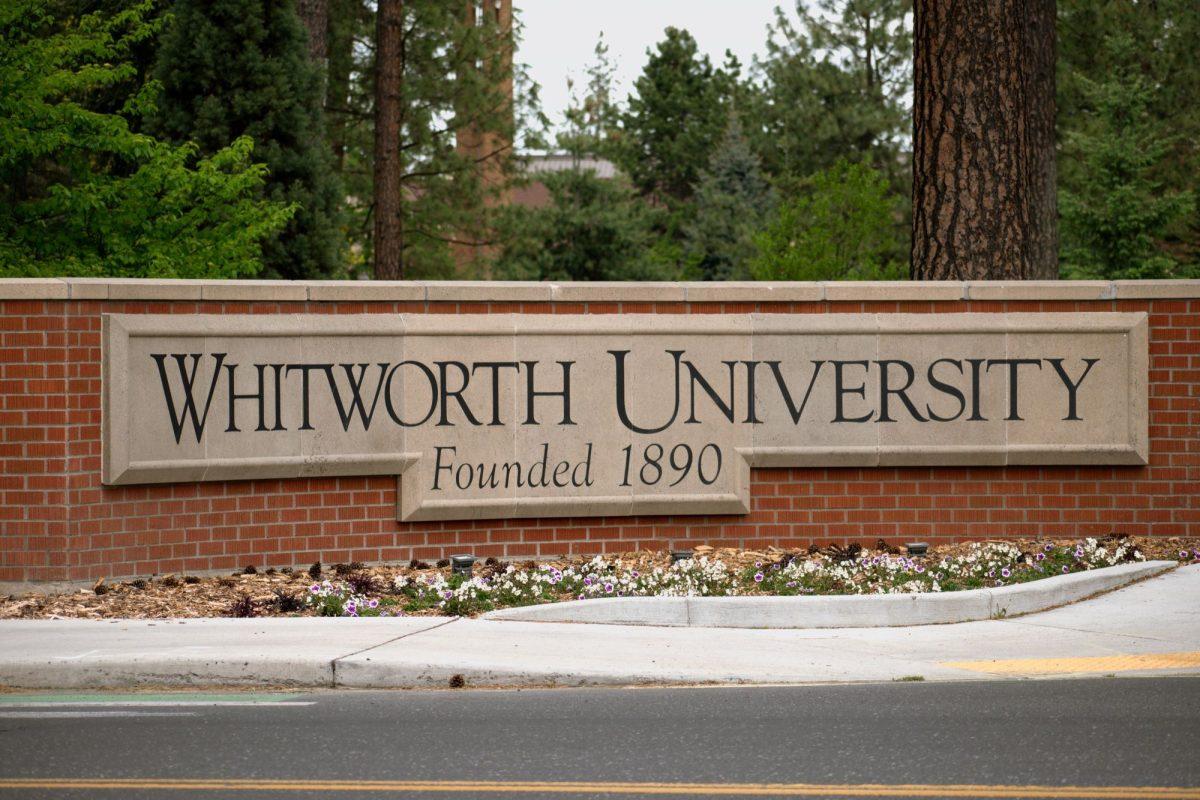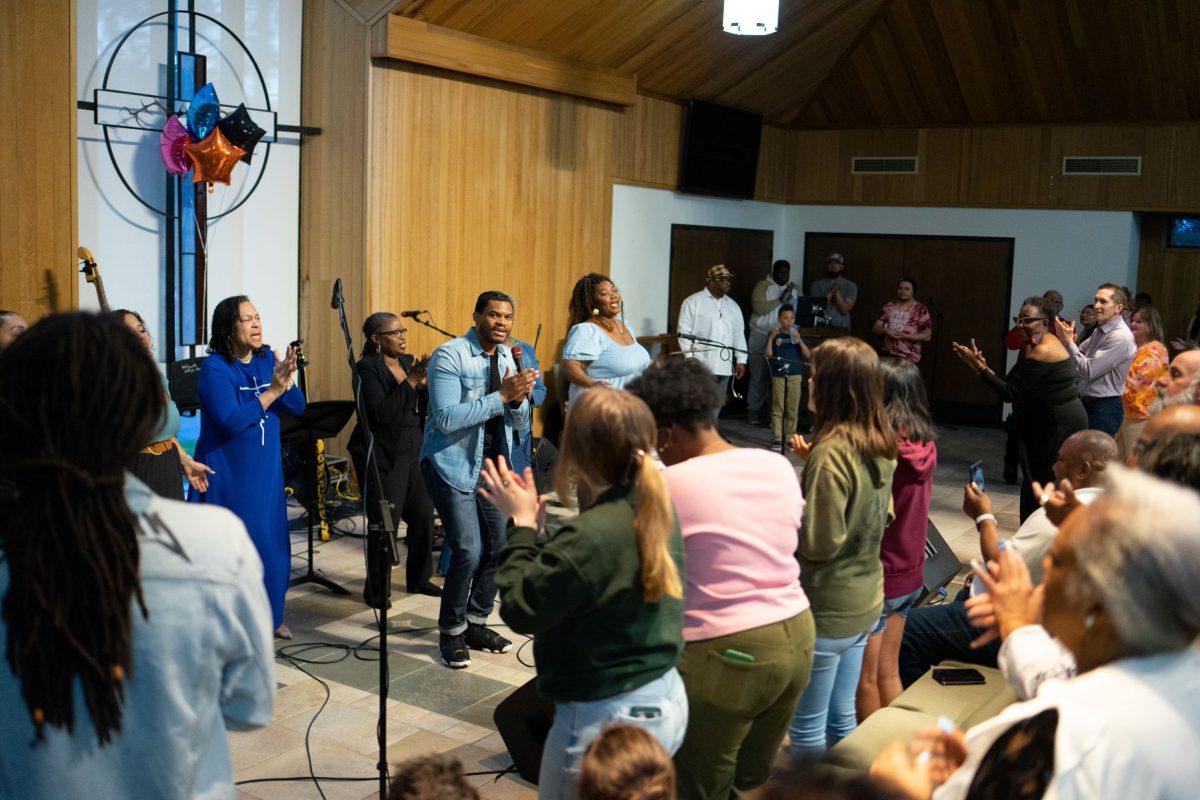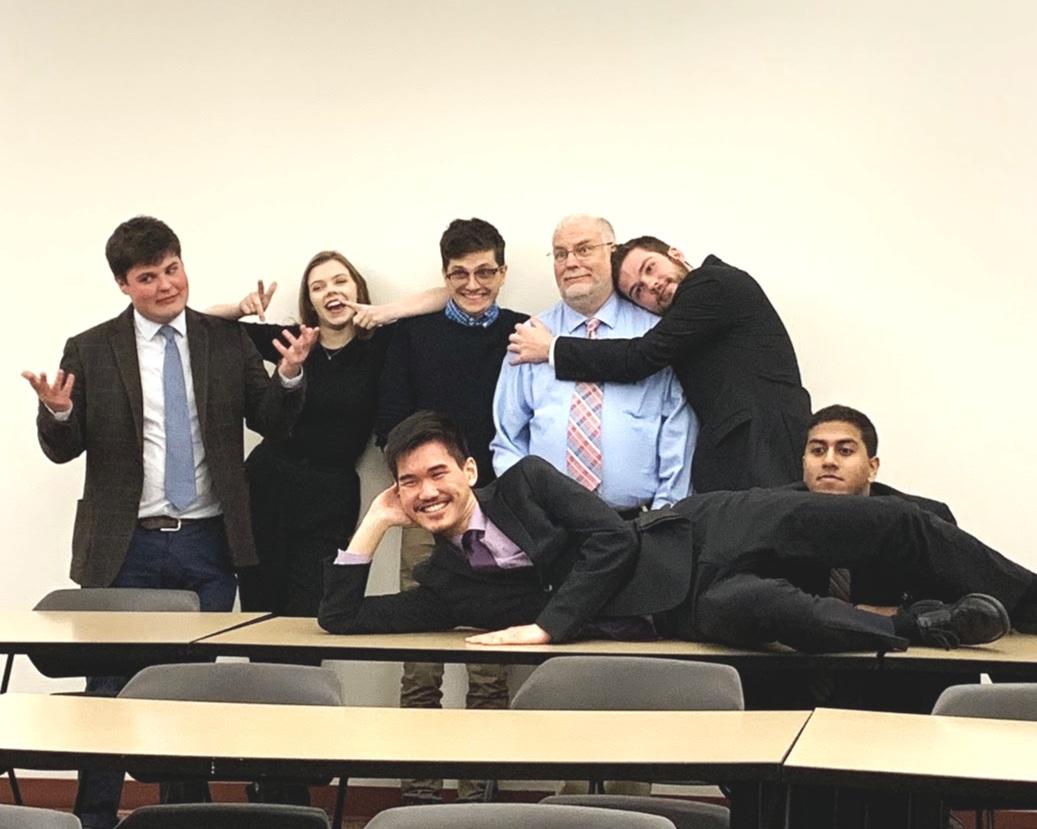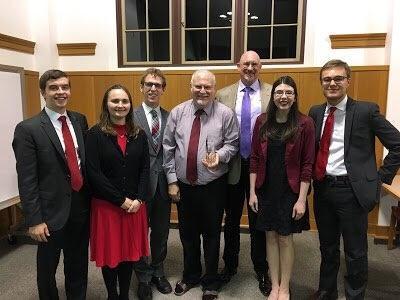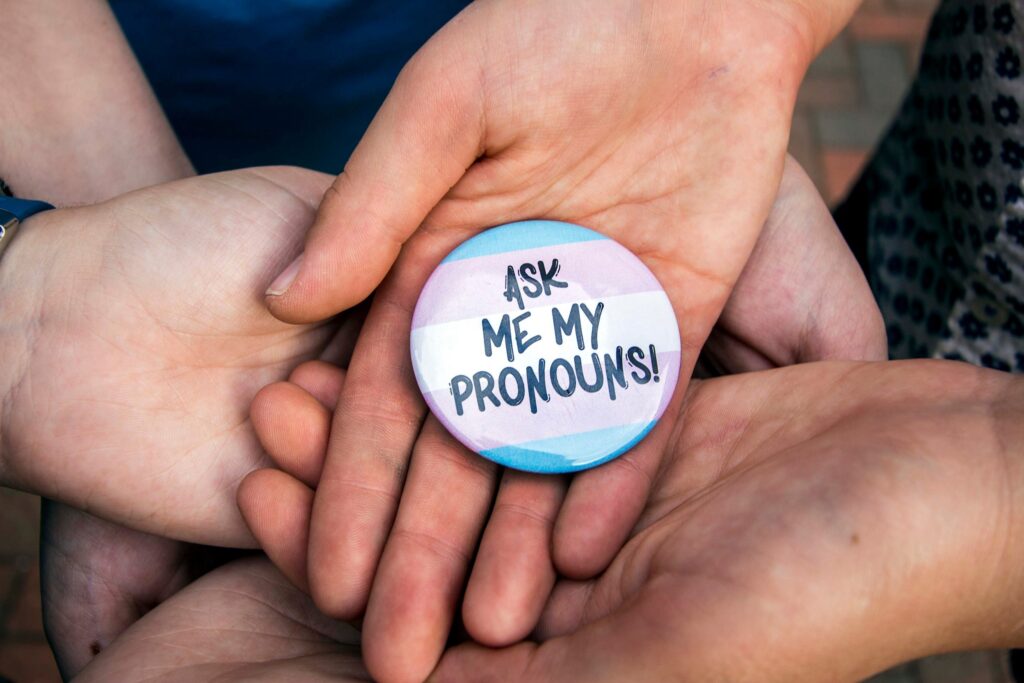
“Anecdotally, we are noticing that there are more students on our campus who identify than potentially what we’ve seen in the past…” Steven Herevia, assistant to the vice president of Whitworth University and member of the queer community, says.
By this, Herevia means those who identify as a sexual orientation or gender identity other than straight or cisgender – a term which means identifying with the gender you were assigned at birth. At Whitworth, in the U.S. and globally, Herevia says he thinks we are seeing that queer people are more present in society.
“We can’t just assume that they’re not in the classroom anymore,” Herevia says.
Both Herevia and Nichole Bogarosh, assistant communications professor and former head of the Women and Gender Studies program, say they believe Whitworth has done well on including queer students, but there are still ways it can improve.
“We’ve made a lot of progress in the five years that I’ve been here, but we still have a really long way to go,” Bogarosh says.
With the Trump administration’s latest attempt to redefine gender for Title IX as unchangeable and based on your genitalia at birth, it is more important than ever to make sure your queer friends, peers and students feel safe, loved and included.
That being said, here are a few ways that Whitworth students, faculty and staff can work to be more inclusive of queer students both in class and on campus at large:
Using Correct Names and Pronouns
For Chandler Wheeler, a junior theatre and English major and transgender man, it is important to him to have his correct name and pronouns used.
This semester, Wheeler enrolled in a dance conditioning class. On the first day of class, his professor refused to use his identified name and, throughout the class, said his dead name – his legal name on the roster that no longer fit his identity.
“Her name was the same as my dead name, and she said, ‘Oh, we both have the same name’,” Wheeler says happened after he had already introduced himself and explained that he did not use the name on the roster.
“And I was like, ‘No, we don’t have the same name because my name is Chandler Wheeler, and I need you to call me that.’” Wheeler says. He said her refusal to call him by his name was “very uncomfortable” and the whole class “was not a good experience at all.”
One of the things you can do to make transgender, non-binary and gender non-conforming people feel included and heard is to make your best attempt to use their correct names and pronouns.
For one, this means making people feel safe to share their identity. One way to do this is by asking others for their pronouns. This is what Bogarosh does at the beginning of her classes. At first, she had her students write them down on paper. Over time, though, she had another idea.
“I kind of want them to say it out loud if they’re comfortable…because then it’s not just me that knows what their preferred pronouns are. It’s everybody else in the classroom,” Bogarosh says.
Secondly, you have to do your best to use their correct names and pronouns.
“We’re not perfect at it, I’m not perfect at it. … I still mess up,” Bogarosh says “… but I think it’s important to acknowledge that and to use those pronouns.”
Adjusting Your Language
Another problem that makes many queer students feel excluded is when those around them use hetero-normative language. This means language we use that assumes the default for all people is to be straight and cisgender. For example, using “ladies and gentlemen” to address a classroom or constantly using the example of a man and a woman when referring to romantic relationships.
“It’s something that’s so hard to combat because it’s so ingrained,” Bogarosh says “…going back to the kind of work that I do, I mean that’s all we see for the most part in the media, right? Whether it’s news media or entertainment media, [it] is that representation of people who are cisgendered and who are hetero-normative.”
While Bogarosh says she doesn’t have some great idea for combating hetero-normative language, she did say what we can do is “chip away at our own built-up biases.”
Elisah Winikka, a senior theatre major and bisexual woman, says that in one of her Core lectures, they had a conversation about marriage that was very hetero-normative. “I just remember being like, ‘Uh, what? Like, marriage isn’t necessarily just between a man and a woman’,” Winikka says.
“Language usage, I think, could go a long way, even if it like doesn’t seem like it’s a lot. I think it could make a really big difference, just so that queer students don’t feel that their experiences aren’t being heard or talked about,” Winikka added.
Including Queer Voices
Winikka and Wheeler are making sure queer voices are heard in their theatre projects. Bogarosh consistently teaches queer studies in her classes. A section of Multicultural Literature taught by Thom Caraway this semester has a unit on queer literature. The main stage play for this spring, “Almost, Maine”, has a same-sex couple in it.
Seeing yourself represented is critical for any minority group students to feel included. While the examples above include some great representation for the queer community, there is still more that could be done.
“Content wise, I have started seeing more LGBTQ+ characters in stories and plays and more representation, which is great,” Wheeler says about the theatre and English departments “I also feel like we could take it a little farther.”
So far, Wheeler says he hasn’t seen any transgender or gender non-conforming characters in the theatre department.
“It’s really difficult to feel included when I don’t see myself in the class content,” Wheeler says.
For theatre and English classes, one solution could be to include more queer voices and characters in plays and literature. Herevia says to consider queer worldviews and perspectives in classes that focus on those topics. For other courses, it might be more difficult.
One thing Bogarosh says could be done by all disciplines is to reexamine what the canon of the discipline is and who it’s coming from.
“Who are the voices that we’re hearing from? So, as you expand that and you say ‘Oh, we’re going to look outside what we’ve considered to be the canon for so long.’ Then you open it up to marginalized voices of all types,” Bogarosh says.
Show Respect, Love and Keep an Open Mind
Lastly, the best thing you can do is to show respect for queer students as human beings, be loving to them and keep an ope
n mind. When that happens, a lot of these other ways tend to follow.
“If we claim ourselves to be a Christian institution and if we claim ourselves to be Christians, then what does it mean for us to love first and not judge at all?” Herevia says, “… Showing people that they’re loved and that they’re cared for…that they’re worthy, that their identities and their experiences are real…I think that’s important.”

